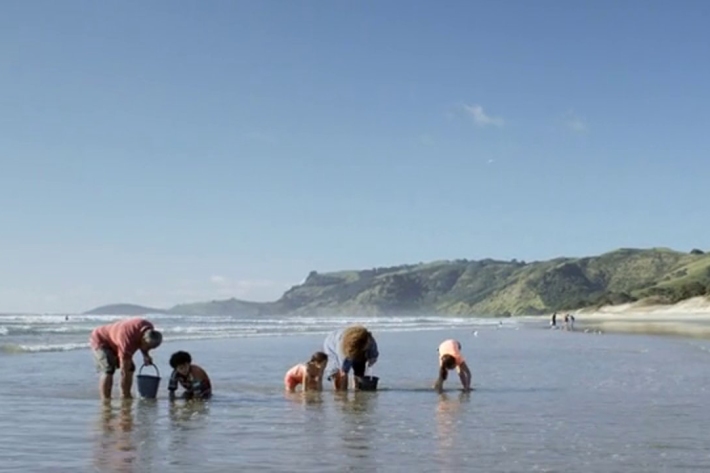-

Tangaroa’s makeover hampered by weather
News article10 July 2014The strong wind and rain that has battered Auckland this week has presented some special challenges for workers trying to paint NIWA’s flagship research vessel Tangaroa while she has been in dry dock. -

Critter of the Week – The fig shell, Thalassocyon tui
This week we introduce a beautiful treasure of the deep, Thalassocyon tui a sea snail generally found in northern New Zealand waters. -

C-CALM: modelling annual contaminant loads to inform stormwater planning and management
NIWA’s Catchment Contaminants Loads Model (C-CALM) is a spatial decision support system for planning applications. It estimates annual contaminant loads at the neighbourhood to stormwater management unit (sub-catchment) scale, from diffuse sources, for Total Suspended Solids (TSS) and particulate and dissolved zinc and copper. The estimated load is then adjusted for water treatment. -

DeepWave project measures gravity waves in the atmosphere
News article03 July 2014One hundred people, a Gulfstream jet, some of the best technology available and two scientists in a paddock are undertaking an experiment that will make predicting the weather a lot more accurate. -

Critter of the Week - precious coral Corallium
This week, let us celebrate the closely related genus Corallium in honour of our visiting scientist Tzu Hsuan Tu from the National Taiwan University in Taipei. -

Critter of the week - What’s for dinner? Parazoanthus and Nyctiphanes
Award-winning underwater photographer Richie Robinson spotted this little common euphausid shrimp Nyctiphanes half emerging from a polyp of the zoanthid at the Poor Knights Islands. -

Ocean acidification - What does it mean for Shellfish?
This video has been produced to highlight ocean acidification as a potential issue affecting the NZ shellfish aquaculture industry -

Ocean acidification - what does it mean for shellfish?
News article17 June 2014A video has been produced to show how NIWA and a range of partners are collaborating to understand global ocean acidification and how increasing ocean acidity is affecting shellfish and the aquaculture industry. -

Scientist plumb depths in search of clues to the earth’s climate
News article13 June 2014NIWA scientists are this month launching some cutting-edge technology capable of finding out what's going on at the bottom of the ocean. -

Prime Minister inspects NIWA product at Fieldays
News article11 June 2014Prime Minister John Key and Science and Innovation Minister Steven Joyce had a surprise meeting at NIWA's Fieldays stand today.

